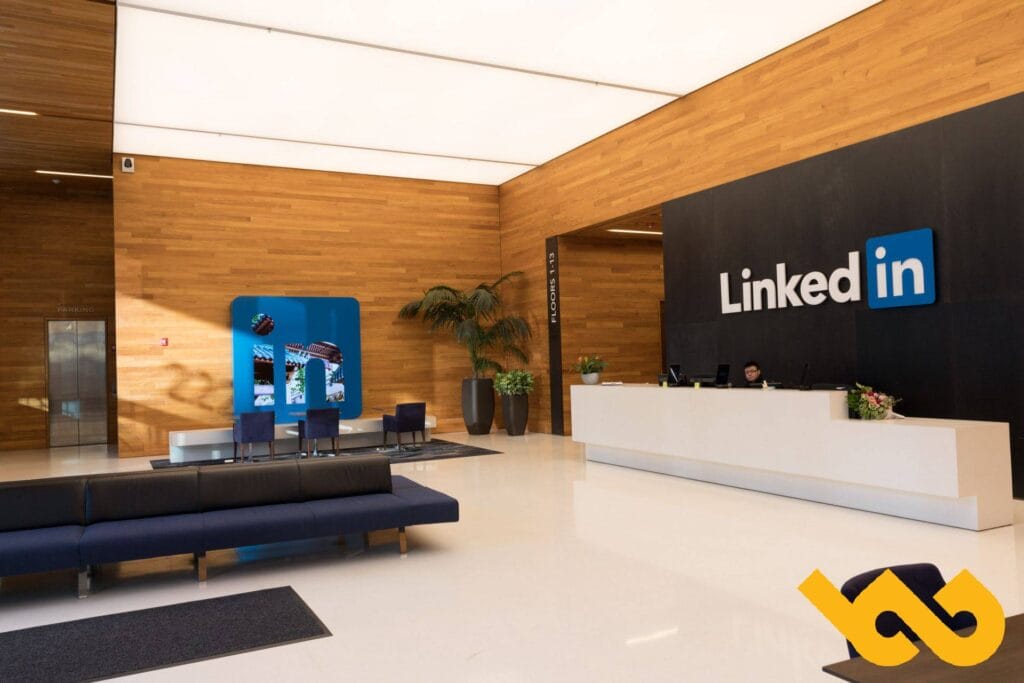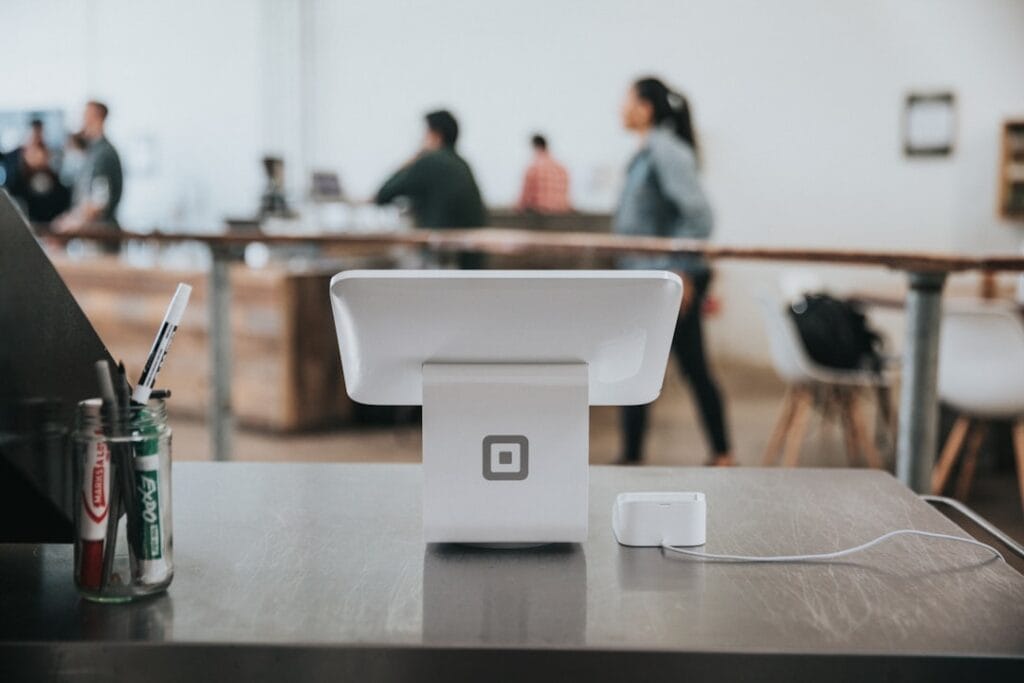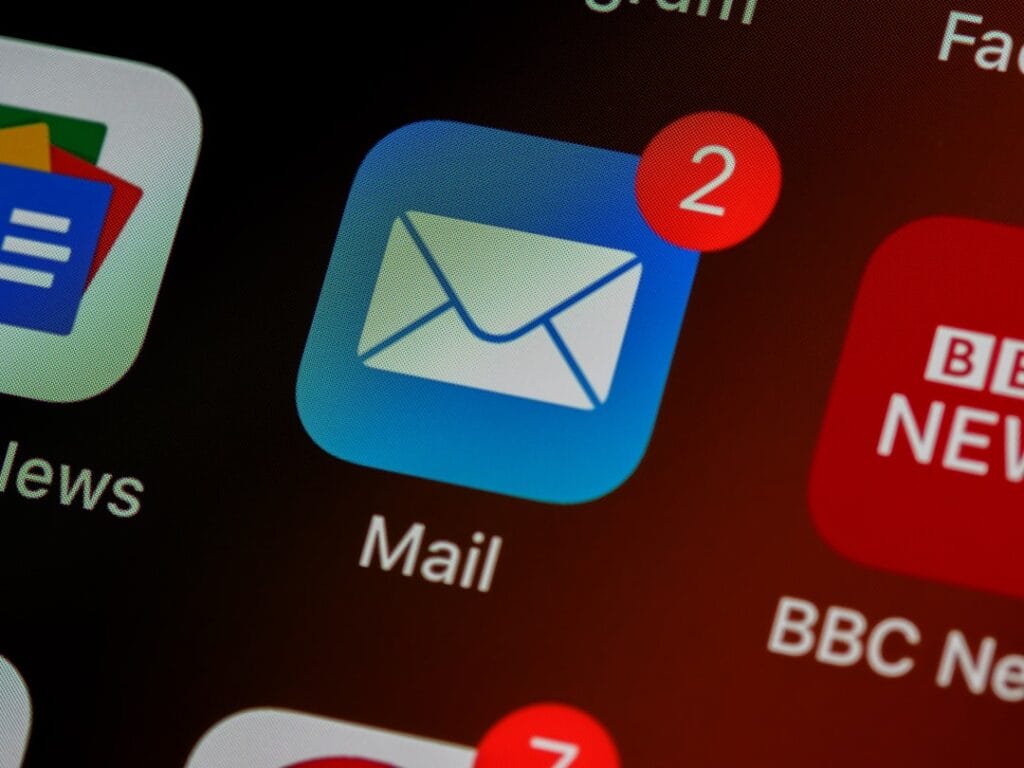B2B prospecting has evolved into a more complex and sophisticated process than before. Prospects take longer to move through the sales funnel before converting into customers, and sales teams need to take a more proactive approach to capture their attention and spark their interest.
A proven strategy is multi-channel prospecting, which combines email marketing and LinkedIn to optimize prospect engagement and increase conversion rates.
Why combine emailing and LinkedIn?
Email and LinkedIn are two of the most powerful channels for B2B prospecting. Email is a must-have tool with an return on investment (ROI), offering extensive reach and the ability to personalize messages on a large scale.
On the other hand, LinkedIn is the social selling platform par excellence, offering tools to establish direct connections with prospects and strengthen the relationship through social interactions.
By combining these two channels, you create a more robust prospecting strategy that engages prospects in different ways, on the platforms where they are most active.
Here are the main advantages of this combination:
Improve prospect engagement
Reaching prospects through multiple channels increases the likelihood of engagement because each channel offers a unique way to communicate and connect.
Show in-depth research
Using multiple channels shows prospects that you've invested time to understand and reach them in a targeted way.
Improve response and conversion rates
By diversifying your touchpoints, you increase the chance of a response and reduce the likelihood that the prospect will ignore your message.
Understand the prospect's preferred channel
A multi-channel approach helps you determine which channel is most effective for engaging each individual prospect.
Step 1: Use emailing for B2B prospecting
Email is often the first point of contact with a prospect. Here's how you can use it effectively:
1 – Create an effective email template
To maximize the impact of your email, start by creating an email template that captures attention from the first line. The model must be:
Custom
Use dynamic tags to include the prospect's name, their company, or a specific pain point.
Short and Concise
Long emails can discourage reading. Be brief and to the point.
Engaging
Use an intriguing subject line and start with a captivating “icebreaker” to capture interest.
2 – Hyper-personalization of emails
Email personalization goes beyond inserting first names. Use data about the prospect, such as their current challenges or business goals, to personalize email content in a deeper way.
For example :
- Include a relevant case study.
- Mention a recent LinkedIn post from the prospect.
- Use custom images or GIFs to make the email more visually appealing.
3 – Test and optimize
The success of an email campaign relies on continuous testing. Use A/B testing to experiment with different elements such as:
- The subject line.
- The content of the email.
- Calls to action (CTAs). Analyze the results to identify which variations generate the best open and response rates.
4 – Avoid the spam folder (Warm-up of the email)
To ensure your emails reach prospects' inboxes, "warm up" your email address by gradually increasing your sending volume. This improves sender reputation and reduces the risk of ending up in the spam folder. Initially send emails to a small group and slowly increase the number of sends while monitoring response and deliverability rates.
Step 2: Use LinkedIn for B2B prospecting
LinkedIn is a powerful platform for social selling, allowing for more direct and personalized interaction with prospects. Here's how to use it effectively:
1 – Optimize your LinkedIn profile
Before you begin, make sure your LinkedIn profile is optimized for prospecting. This includes:
Professional profile photo
Use a high-quality image that inspires confidence.
Impactful title
Highlight your value proposition and what you bring to prospects.
Engaging summary
Include details about your successes and how you help your customers solve their problems. Add downloadable resources like white papers or case studies.
2 – Build a list of targeted prospects
Use LinkedIn's advanced filters to find prospects based on specific criteria such as industry, job title, company size, and location. Create a list of potential prospects that match your ideal customer profile (ICP).
3 – Engage prospects on LinkedIn
Start by sending a personalized connection request. Briefly explain why you want to connect. Once the prospect accepts your request, you can:
Send a direct message to initiate a conversation.
Interact with their posts to show your interest and strengthen the relationship.
Use drip campaigns to automate your actions (for example, sending messages, liking posts, or viewing the prospect's profile).
4 – Personalize your LinkedIn messages
LinkedIn messages should be short and focused. Due to the character limit, you need to be specific and get to the point. Use dynamic tags, custom images, and GIFs to make your posts more engaging.
READ ALSO: Ultimate guide to effective B2B prospecting
Step 3: Integrate emailing and LinkedIn into a multi-channel prospecting strategy
Combining emailing and LinkedIn allows you to create a smoother and more engaging prospecting journey. Here's how to structure an effective multi-channel prospecting sequence:
1 – Example of a prospecting sequence
Day 1: Sending an introductory email
Send a first personalized email to capture the prospect's interest and introduce yourself. Make sure the message is brief, relevant and engaging.
Day 2: Viewing the LinkedIn profile
After sending the email, view the prospect's LinkedIn profile. This shows that you are interested in their business and can make the prospect interested in your business.
Day 3: Follow-up by email
Send a second follow-up email to reiterate your previous message and offer additional information or resources (for example, a white paper or case study).
Day 4: LinkedIn connection request
Send a connection request on LinkedIn. Use a personalized note explaining why you want to connect and how you can offer value.
Day 5: Engagement on LinkedIn
If the prospect accepts the request, start interacting with their posts (like, comment) and send a direct message to continue the conversation.
Day 6: Last follow-up by email or LinkedIn message
Depending on the prospect's response, send a final email or LinkedIn message to attempt to schedule a call or meeting.
2 – Use automation tools
Automation is essential to managing a large-scale, multi-channel prospecting strategy. Use sales enablement platforms, like Sales.Rocks, to automate communication sequences, track prospect engagement, and coordinate sales efforts.
How to combine an email campaign and a LinkedIn prospecting campaign with Magileads?
In the current B2B prospecting landscape, a multichannel approach is essential to maximize the commitment of prospects and boost conversion rates.
Among the tools available to sales and marketing teams, Magileads has established itself as a complete solution that allows you to automate and optimize emailing campaigns while integrating prospecting efforts on LinkedIn.
By combining an email campaign and a LinkedIn prospecting campaign with Magileads, you can leverage the benefits of each channel while optimizing your B2B prospecting efforts.
Magileads Prospecting Acquisition Application
Why integrate emailing and LinkedIn prospecting with Magileads?
Magileads is a multi-channel prospecting platform that helps generate qualified leads by automating marketing and sales processes.
Its main advantage lies in its ability to integrate both emailing and LinkedIn prospecting, thus offering a single platform to manage and coordinate all your prospecting actions.
Here are some reasons why Magileads is an ideal tool for combining these two channels:
Centralization of efforts
Magileads allows you to manage all your emailing and LinkedIn prospecting campaigns from a single platform, thus facilitating the coordination of actions and alignment of teams.
Intelligent automation
Magileads offers advanced automation features, such as sending email sequences and activating automated LinkedIn messages based on prospect responses.
Personalization at scale
With its advanced personalization features, Magileads allows you to create personalized messages based on prospect data, increasing the chances of engagement.
Monitoring and analysis
The platform offers analysis tools that allow you to monitor campaign performance and optimize actions in real time.
Step 1: Configure your email campaign with Magileads
1 – Create a list of qualified prospects
The first step in any effective prospecting campaign is to create a list of qualified prospects. Use Magileads to import or build your contact list from various data sources.
You can also use Magileads' advanced search filters to identify prospects who match your Ideal Customer Profile (ICP) based on criteria such as: industry, company size, job title and geographical location.
2 – Create an automated emailing sequence
Once you've created your prospect list, it's time to set up an automated email marketing sequence. Here's how to do it with Magileads:
Choose an email template
Magileads offers a variety of customizable email templates that you can use as a starting point. Choose a template that matches your campaign objective (e.g. initial contact, post-webinar follow-up, etc.).
Personalize content
Use Magileads dynamic tags to personalize each email based on the prospect's specific information (name, company, industry, etc.). Include engaging elements such as relevant case studies or links to downloadable resources.
Set sending settings
Choose the days and times to send your emails based on your target audience. Use Magileads send time optimization features to maximize open and response rates.
Integrate automatic tracking conditions
Set up automatic follow-up actions based on lead responses. For example, if a prospect opens the email but does not respond, Magileads can automatically send a second follow-up email after a few days.
3 – Test and launch the campaign
Before launching the campaign , carry out A/B tests to optimize the different elements of the emailing, such as the subject line, the CTA (Call to Action), or the content of the email. Once satisfied with the results, launch your email campaign and monitor performance using Magileads dashboards to adjust in real time if necessary.
Step 2: Configure your LinkedIn prospecting campaign with Magileads
Prospecting on LinkedIn is an essential complement to emailing because it allows you to interact directly with prospects on a professional social platform.
Here's how to use Magileads to launch an effective LinkedIn prospecting campaign.
1 – Create LinkedIn message sequences
Magileads helps automate LinkedIn message sequences, helping you save time while maintaining personalized communication with your prospects. Follow these steps:
Configure a message sequence
Create a LinkedIn message sequence that includes multiple steps (e.g. connection request, intro message, follow-up, etc.). Each message must be brief, personalized and encouraging.
Personalize with contextual data
Use the information available on the prospect's LinkedIn profile to personalize messages. For example, mention a recent post from the prospect or a professional event they attended.
Automate actions
Magileads allows you to automate the sending of connection requests and follow-up messages. You can also configure action triggers based on prospect responses (for example, send a follow-up email if a prospect accepts the connection request but does not respond to your message).
2 – Interact actively on LinkedIn
In addition to automating messages, it's important to actively engage with prospects' posts to build your presence and show interest. Use Magileads to:
Track prospect activities
Receive notifications when your prospects post content on LinkedIn, allowing you to like, comment or share their posts in a timely manner.
Automate profile viewing
Magileads can automate the viewing of LinkedIn profiles to increase the visibility of your profile to prospects.
Step 3: Integrate emailing and LinkedIn prospecting into a coherent strategy
Combining LinkedIn emailing and prospecting campaigns allows you to multiply the contact points and maximize the chances of engagement of prospects . Here's how Magileads can help you integrate these two channels into a coherent strategy.
1 – Create a multi-channel prospecting sequence
Magileads allows you to create multi-channel prospecting sequences that integrate both emailing and LinkedIn prospecting. For example :
Day 1: Sending an introductory email
Use Magileads to send a personalized presentation email to the prospect.
Day 2: Viewing the LinkedIn profile
Magileads can automate the viewing of the prospect's LinkedIn profile, thereby increasing your visibility.
Day 3: LinkedIn Connection Request
If the prospect hasn't responded to your email, use Magileads to send a personalized connection request on LinkedIn.
Day 5: Follow-up by email or LinkedIn
Depending on the prospect's response, Magileads may send a follow-up email or LinkedIn message to maintain contact.
2 – Use data to optimize strategy
Magileads collects data on every interaction with your prospects, whether via email or LinkedIn. Use this data to analyze your campaign performance and identify areas for improvement:
Analysis of open and response rates
Track email open rates and LinkedIn message response rates to understand which channel works best for each prospect segment.
Optimization of tracking sequences
Adjust follow-up sequences based on prospect behaviors (for example, reduce the number of follow-up messages for prospects who have shown low engagement).
—————————
Magileads is prospecting automation software that allows you to easily manage all the complex aspects of your marketing processes.
Test Magileads for free in 14 days. Click here .
Or, visit our website to see how we work. Click here .





